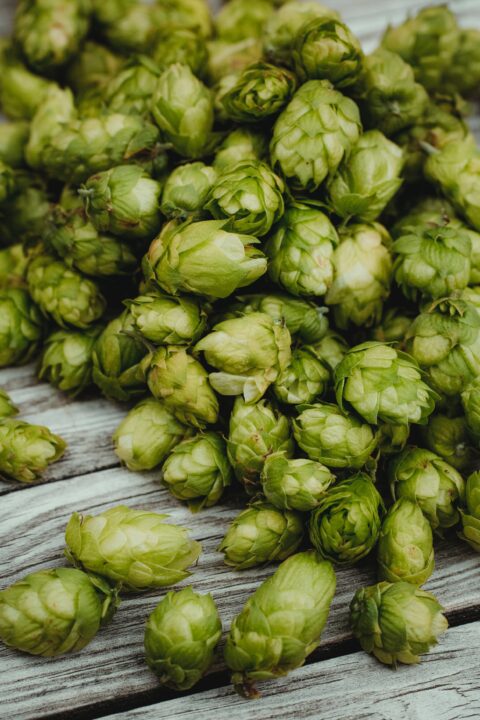California Growers See Wave of Pathogen Pressure in Wake of Atmospheric Rivers

An almond tree near Fresno infected with the pathogen Phytophthora syringae. The pathogen is usually found in tree roots, but intense storms created the right conditions for the pathogen to “swim” up trunks.
Photo by Emily C. Dooley/UC Davis
The wave of atmospheric rivers that swept across California this winter has created the right conditions for plant pathogens that haven’t been seen for decades in the state. University of California, Davis, Plant Pathologist Florent Trouillas is getting more calls from growers and farm advisors concerned about potential crop damage.
“Generally, whenever you have rain events, you’re going to have problems,” says Trouillas. “In wet years, we get really busy because most pathogens need and like water.”
On a recent visit to an almond orchard near Fresno, Trouillas joined Mae Culumber, a Nut Crops Farm Advisor for UC Cooperative Extension Fresno County. A few weeks earlier, the two had walked the orchard, taking note of the base of some trees that had gumming — a thick, jelly-looking substance indicating a pathogen had taken hold.
“A lot of what Florent is doing is trying to assess patterns on a landscape,” Culumber says. “Sometimes, things may look like they are one thing, but it could be another problem.”
When the two returned weeks later, the amber-colored gumming had moved into the canopy, looking like gumballs stuck to branches, some of which were already dead. “It’s getting out of control from before,” Trouillas says. “This branch was killed. This is widespread.”
Lab testing confirmed what Trouillas believed was the culprit: Phytophthora syringae, a pathogen that can affect almond crops but is rarely seen in California. If it is found, generally the site of infection are wounds caused by pruning, but that is not the case here, where the infection began in the canopy at twigs, or small branches.
It is a threat to a key crop, which according to the California Department of Food and Agriculture, generates $5 billion annually. The last time Phytophthora syringae hit California was in the 1990s after a series of El Niño-influenced storms. Trouillas, who has a photographic memory, remembered reading about it in an old manual.
“It’s rare for California and one that we see mostly following atmospheric rivers,” he says. “The disease will only happen following these extremely wet winters.”
Phytophthora is soilborne, mostly found in tree roots, and doesn’t generally spread up into branches, Trouillas says. But the intense storms created the right conditions for the pathogen to “swim” up trunks as winds blew spores into the air and rain dropped them back down into the canopy.
Some of the trees in this orchard will die; others can be saved by pruning infected branches and applying a recommended fungicide, he adds.
For more, continue reading at caes.ucdavis.edu.









